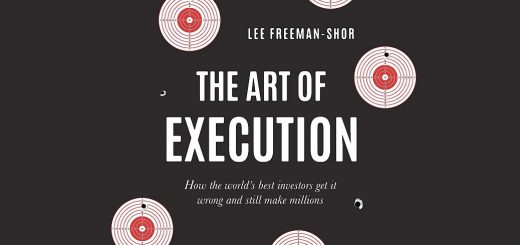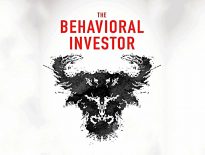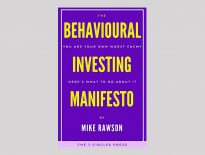Ready to Retire?

Today’s post is about my second book, called Ready to Retire?
Ready to Retire?
I’ve written another book, which you can buy here.
- It’s about retirement, or decumulation as they call it in the finance industry.
Decumulation is just as important to investors as accumulation.
- But because the asset managers and investment platforms haven’t yet worked out how to monetise it properly, you don’t see as much written about it.
Much of the focus in the retail investment industry (that is, the part aimed at private investors rather than institutions) is on the accumulation phase.
- That’s the part where you save money each month and invest it wisely in order to build up a pot that will allow you to retire (or at the very least, to become financially independent) at some point in the future.
On one level, I find this strange, because spending the money in retirement is actually much harder.
- I don’t mean psychologically, in that it’s hard to part with your hard-earned money (although that definitely comes into it).
I mean that it’s a harder problem to begin with.
- But of course, money talks.
This book aims to make things a lot easier.
- As with all my books, it’s not filled with original research.
This book is intended to summarise the key findings in the area, and to turn them into useful lessons for a Private Investor in the UK today.
- The point of the book – and of my blog – is to save you time and effort.
I hope that in due course my readers will introduce me to things that I’ve missed, and help me fix those things that I’ve got wrong.
- Together we can make this job a bit easier for us all.
There are nine sections in the main part of the book:
- How money works
- How much is enough?
- The changing pensions landscape
- The State Pension
- Company pensions
- DC pensions
- Withdrawal rates
- Case studies
- Retiring abroad
Behavioural Investing Manifesto
I wrote my first book a couple of months ago, just in time for Xmas.
My first degree was in Psychology, and regular readers will be aware that I think that it is a key part of successful investing.
- It’s no use knowing what to do if you are psychologically unable to implement your plan.
The subtitle of the book – that you are your own worst enemy – comes from a famous quote by Ben Graham (usually referred to as the father of value investing, and also Warren Buffett’s initial mentor):
The investor’s chief problem – and even his worst enemy – is likely to be himself.
So what the book covers has been known for many decades.
- Which isn’t to say that not it’s just as relevant today.
This book is intended to summarise the key findings of behavioural psychology, and to turn them into useful lessons for a Private Investor in the UK today.
There are five sections in the book:
- A potted history of why people are poorly suited to investment.
- The main biases that investors exhibit – arranged into groups in so far as this is possible.
- The key issues in investment which behavioural psychology can speak to.
- Practical steps that an investor can take to avoid being tripped up by their greatest enemy (themselves).
- Lists of the psychological experiments and observations of human behaviour that reveal the biases, of the biases themselves, and a final checklist of what to do about them – and what not to do.
I hope you that you read these books and that you find them of some use.
Until next time.
















